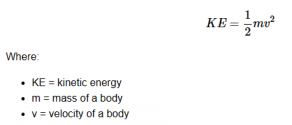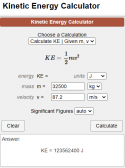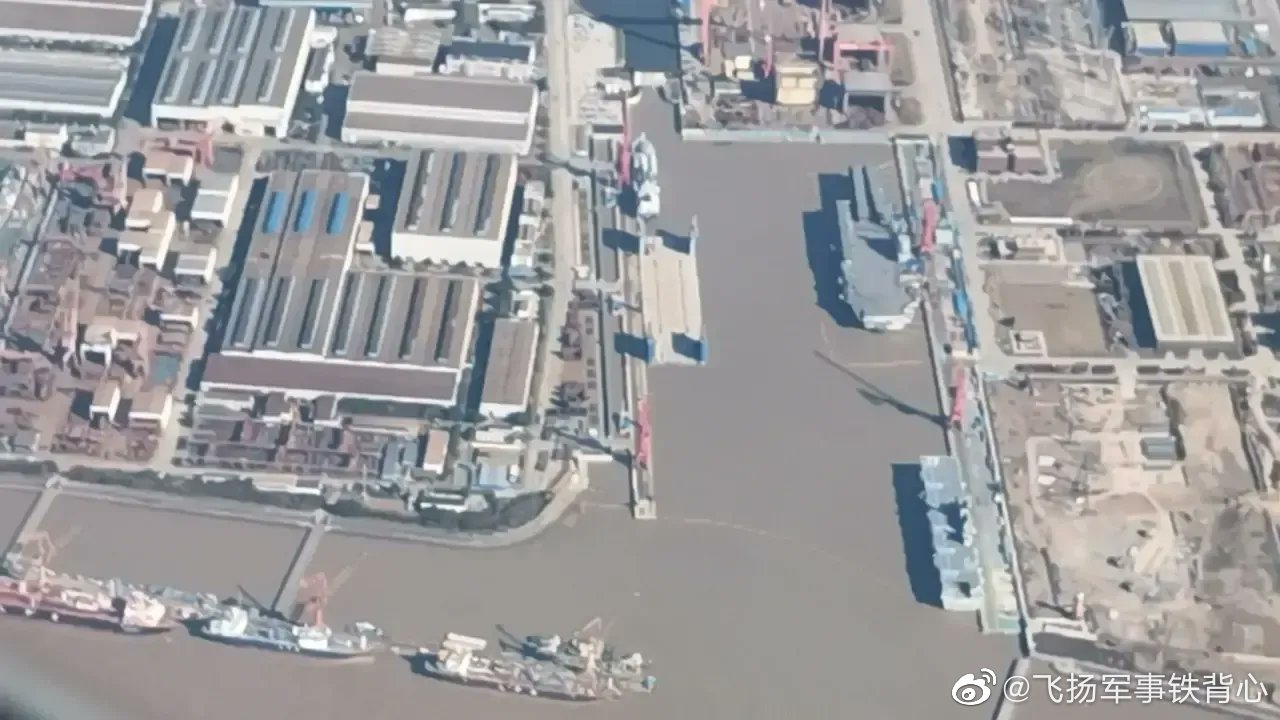Force is a push or pull that is exerted on an object, while kinetic energy is the energy of an object in motion. Force is what causes an object to move and accelerate, while kinetic energy is the energy the object has due to its motion. So wouldn't the catapult calculation be how much force it needs to generate, and not the kinetic energy of the plane already in motion (kinetic energy more relevant for kamikaze/ramming missions)?
Energy needed does not depend on acceleration? E = 1/2 m V^2 --> 0.5*32500*70 (250km/h) ^2 gets you 80MJ, 290km/h gets you 110MJ so 122MJ seems pretty reasonable?






